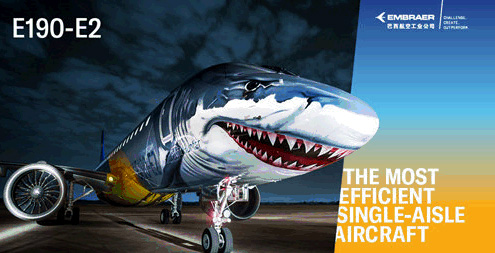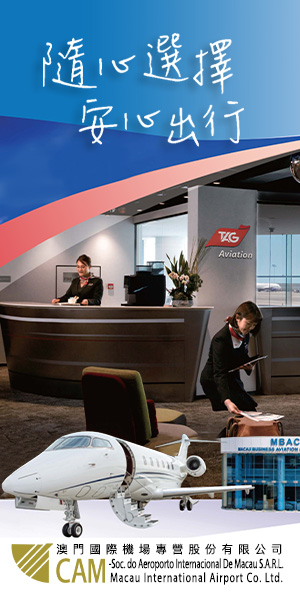Amsterdam, The Netherlands, September 5, 2018 – Following a successful tour in Africa and in the US, Embraer is now beginning the European and the Commonwealth of Independent States (CIS) part of the E190-E2 worldwide demonstration tour. The aircraft will visit more than 15 countries during September. At each stop, Embraer will show the capabilities of the world’s quietest, cleanest and most efficient new generation single-aisle aircraft in the segment. The first stop on the European tour is in Warsaw, Poland.
“The E190-E2 started revenue flights in Europe earlier in the year, and following a successful appearance at the Farnborough Airshow, we are proud to show off our new aircraft to operators across the region. With over 45 customers and over 350 aircraft in region, we are already seeing many of these customers interested in the world-beating aircraft,” said Martyn Holmes, Vice President Europe, Russia, Central Asia & Leasing, for Embraer Commercial Aviation. “We are eager to present the E190-E2 to the airlines, many of which are already E-Jets operators.”
The E190-E2 is currently in commercial operation with Norway’s Widerøe, since April of this year. Three jets have already accumulated close to 2,000 flight hours achieving outstanding schedule reliability of more than 99%.
The E-Jets E2 are the most efficient family of aircraft in the single-aisle market burning up to 10% less fuel than its direct competitor. The E190-E2 brings also more flexibility with maximum range of up to 5,300 km or about 1,000 km longer than current generation E190.
The E190-E2 also brings significant savings to airlines in terms of maintenance costs, with up to 25% reduction thanks to a smart design based on direct feedback from the operators. It has the longest maintenance intervals with 10,000 flight hours for basic checks and no calendar limit in typical E-Jets utilization. This means additional 15 days of aircraft utilization in a period of ten years.
The E190-E2 also obtained better results than initial expectations in pilot transition training time. Pilots of current generation E-Jets need only 2.5 days of training and no full flight simulator to fly the E2. “Decreasing the training burden for pilots transitioning from E1 is another huge reduction in both time and cost for our operators. This coupled with the unmatched fuel efficiency and lowest noise footprint, making the E2 the most cost-effective and most environmentally friendly single-aisle jet in the planet, we see the aircraft as the natural evolution for many Embraer operators in the region”, explained Holmes.
Embraer forecasts 2820 commercial aircraft up to 150 seats to be delivered over the next 20 years to European and CIS operators. As the European intra-regional airline industry moves from a business-model dynamic of “Low Cost Carriers versus Full Service Carriers” to a single hybrid consensus, the E-Jets E2 will play an increasingly important role in the region. Beyond its traditional hub-feeding operation, the E2 will have a further outreach in LCCs experimenting FSC‘s strategies such as multi-fleet type and focus on business passengers.
In the meantime, the regional business model is also going through a diversification. The ACMI leasing model arises as an important opportunity for outsourcing low-density routes to regional operators with lower cost base are sprouting, allowing both majors carriers to bring-in a more efficient airplane to serve thin routes without adding complexity to their narrow-body operation.
At Farnborough Airshow 2018, Embraer announced commitments for the E-Jets E2 from European customers, such as Helvetic Airways, and with an undisclosed customer from Spain.
Embraer is the world’s leading manufacturer of commercial jets up to 150 seats. The Company has 100 customers from all over the world operating the ERJ and E-Jet families of aircraft. For the E-Jets program alone, Embraer has logged more than 1,800 orders and 1,400 deliveries, redefining the traditional concept of regional aircraft. Today, E-Jets are flying in the fleet of 70 customers in 50 countries. The versatile 70-150 seat family is flying with low-cost airlines as well as with regional and mainline carriers.

